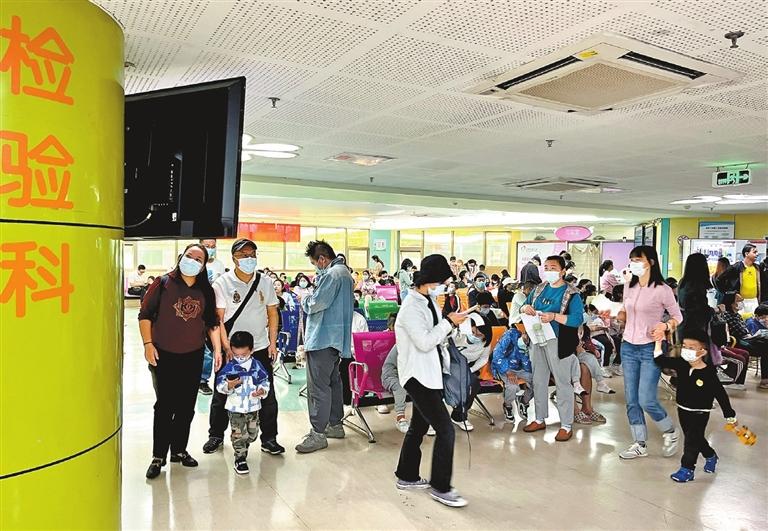
CHINA, Denmark, France and the Netherlands have all recently reported an increase in cases of pneumonia in children linked to a bacteria called Mycoplasma pneumoniae. This bacteria tends to cause pneumonia outbreaks every one to three years. “We expect that there are going to be some seasons that are worse than others for Mycoplasma infections, and it certainly seems that this year might be worse than other years,” said Dr. Buddy Creech, a pediatric infectious disease specialist at Vanderbilt University, the United States. Last week, European experts conducting surveillance for Mycoplasma at 45 sites in 24 countries reported that the incidence of cases, which fell to less than 1% during the pandemic, had started to rise again at the beginning of the year. By this summer and fall, there was an average increase of more than fourfold, with larger increases in Asia and Europe, according to a report published in The Lancet Microbe. According to the U.S. Centers for Disease Control and Prevention, resistance to the type of antibiotics used to treat this infection may be playing a role in the increase in cases in China. “You can see periodic epidemics every few years, especially in the 5- to 12-year-olds, so school-aged kids,” said Dr. Peter Hotez, who co-directs the Texas Children’s Hospital Center for Vaccine Development. Mycoplasma is a common cause of mild or “walking” pneumonia. It causes a cough that may linger for weeks, typically with a fever and headache, and often a splotchy rash on the trunk, back or arms. Pneumonia is an inflammation that causes the lungs to fill with fluid or pus, and it has many causes, including viruses, bacteria and chemicals. In winter, respiratory infections caused by flu and respiratory syncytial virus or RSV are on the rise, sending cases of pneumonia up, too. Pneumonia is often treated with antibiotics like amoxicillin without first testing to find the cause. In those situations, there’s often not a lot of testing that’s done, and instead, pediatricians are left to try to use antibiotics. And if it works, then patients get better; and if it doesn’t work, then kids go to the hospital, and they get tested. The front-line antibiotics that treat most kinds of pneumonia don’t work for Mycoplasma infections. For those, doctors need to prescribe a different kind of antibiotic, typically azithromycin or a Z-Pak. However, Z-Paks don’t really work well for pneumonia caused by other things, so doctors and parents have to be thoughtful about how to treat these infections. The take-home point for parents is, when you start antibiotics for pneumonia, there’s typically a reasonable response to therapy in the first couple of days. And if there’s not, then that’s a reason to see a doctor again and get tested, Creech said.(SD-Agencies) | 
